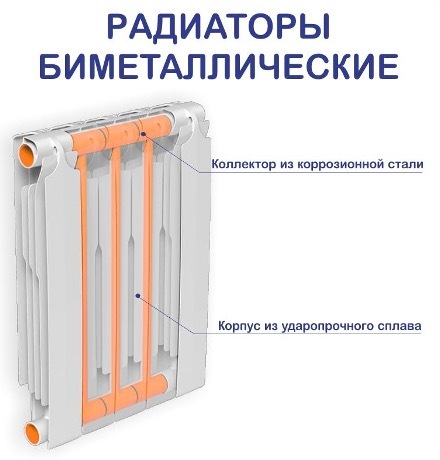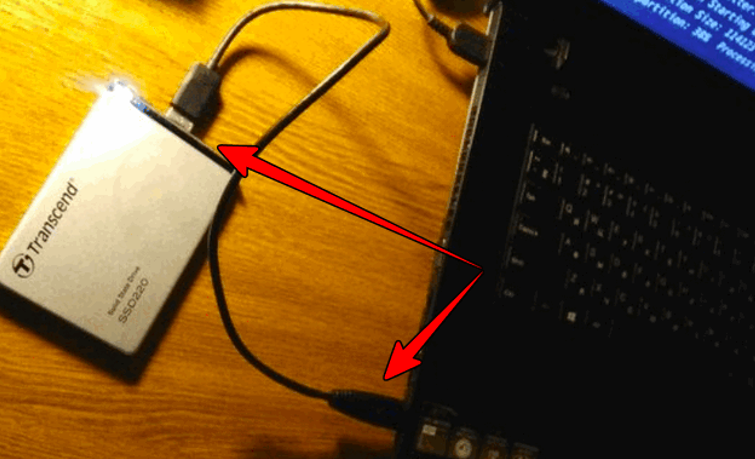If a powerful fecal sewage station is not needed for a small cottage or estate, then problems can occur in industry without it. There are several options for models of fecal stations, which we will talk about right now: what and why.

The content of the article
- The concept of a sewage pumping station
- The classic scheme of the pump device
- How Any Waste Pumping System Works: A Brief Squeeze
- Selection criteria for sewer pump and stations
The concept of a sewage pumping station
A sewer pumping station is a scheme whose main task is to pump feces and sewage. Yes, whole systems with a dozen pumps and tanks can work on this.
The station is needed when it is not possible to move the sewage water in a natural way, for example, when plumbing fixtures are located much lower than the sewer pipes.
In the photo of the sewage pumping station, you can find a large cylindrical body, inside which all the equipment is installed and connected by pipes.
Now you can find a wastewater pumping station in any modification, volume, according to any characteristics and even design. The main thing is to understand its design, to understand when to install household and when industrial. And also - what are the differences between different designs of KNS models.
The classic scheme of the pump device
Models of sewage pumping stations have differences, but they are united by the basis - a pumping compressor and a sealed storage tank. In the latter, waste is collected. Such a tank for the station is constructed of concrete, iron or dense plastic.
The purpose of the compressor for the sewage pumping station is to raise all effluents to the level allotted by the system, and there they are already pumped to the storage tank. After filling, wastewater is removed and transported to a disposal site.
A fecal pumping station for a private house can have two pumps at once: one main and emergency. The latter is used when the main one fails.
Industry and municipal buildings have to contend with a large amount of sewage. In this embodiment, without several pumps, nowhere at all.
The pumps themselves can be of several options, so most home designs have a grinder - it grinds waste in wastewater. This format is not used in production, as solid particles in general can break the pump beyond the possibility of repair.
Small sewage disposal systems are connected directly to the toilet, respectively, they are installed only in private homes. It does not need a lot of extra space: connected to the toilet and use it for pleasure.
Conventional stations have tanks made of polymer plastic. They dig into the ground, while the upper part of the tank remains uncovered in order to inspect the station in time, repair a breakdown or carry out a planned pumping of feces.
The neck must be closed with a plastic or metal lid so that nothing gets inside the tank.
The tank is connected to the sewerage using pipes and connections. In order to avoid problems with interruptions in the flow of effluents through the system, a special chipper is installed. To eliminate the turbulence of the medium (and this may be), a vortex wall is placed.
Sewage pumps are equipped with autonomous monitoring and control systems. What is included in the additional components that increase the convenience and productivity of the system:
- Backup power source. It is especially necessary in continuous production, where without additional energy everything will simply fall;
- Control sensors and pressure gauge - for regulating pressure in pipes;
- Cleaning systems for sealed sewage tank.
The sewer complex operates on submersible, sectional and other formats of compressors.

How Any Waste Pumping System Works: A Brief Squeeze
KNS has a special system of work, which looks like this:
- All drains are pumped to the pressure compartment. From there, the waste under the pressure of the compressor moves to the pipeline.
- Transfer to the waste distribution compartment.
- Feed into the central sewerage system or the general system of treatment facilities.
The check valve is an important detail in the sewer. One she keeps all waste water from possible falling back. Additional compressors are used when there is too much effluent or the first pump has failed. If even two compressors fail, the operator receives an emergency notification of the incident.
The outdoor system has a slightly different structure. This is because the reservoir serves more wastewater. Pipes are dug into the ground in whole or in part - it does not matter.
The sewage pumping station has a reservoir, a working pump, a system of pipes for the movement of wastewater and a control module. The nozzles have a dozen valves and guides to ensure that all flow moves in the right direction.
The circuit is turned on/off when the tank volume has reached a critical level. Floats are built-in for control: they turn on the system after raising the drains to the maximum level. When the water gets rid of, the second float turns off the automatic module.
In some wastewater discharge stations, you can observe:
- flow meters;
- fixings for stairs;
- metal gratings;
- additional filters.
Such "accessories" are needed only for the convenience and greater productivity of the device. Another pair of floats acts as safety elements: they work when the main pair does not work or when the water has risen to a level above the norm. So KNS reduces the chance of emergency leakage.
Selection criteria for sewer pump and stations
Below we will consider the parameters for choosing private equipment. It is more popular, and top management will definitely not go online for information about the KNS. There are schemes for selecting equipment.
Our goal is to buy a circuit with good performance, while also saving money. There is no point in overpaying for a device that works only 10 percent better.
Keep a few things in mind:
- Waste water transfer distance.
- What sewage flow is needed for pumping.
- What are the dimensions of the equipment.
- The structure of wastewater and the degree of their pollution. After all, in addition to feces, all solid waste from the house can be dumped into the sewer, and this is a separate type of SPS.
- Waste filtration level.
- Geodetic drops of pipes.
No one can give you a magic “tablet” in the form of a calculation formula, so we focus on the created project. And according to the drawings, you can shorten or supplement the system.


